All of the coloring pages displayed on this page are free for personal use (view full use policy). Any brands, characters, or trademarks featured in our coloring pages are owned by their respective holders and depicted here as fan art.
Educational Flower Anatomy Coloring Pages
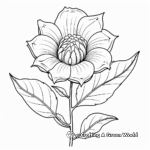
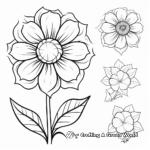
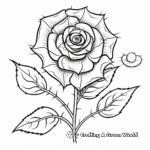
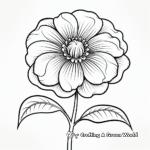
Botany Lovers’ Detailed Pistil Coloring Pages
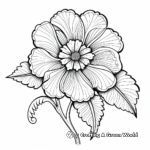
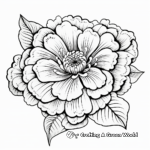
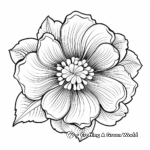
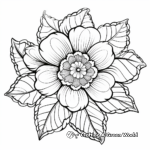
Kid-friendly Petal Coloring Pages
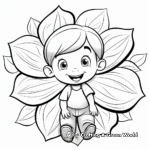
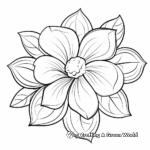
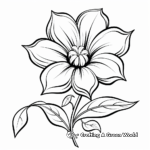
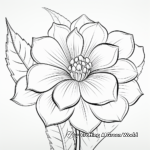
Advanced Stamen Coloring Sheets for Adults
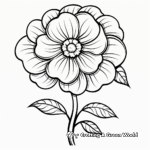
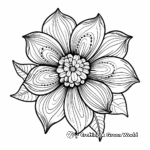
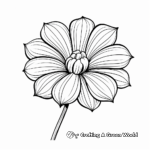
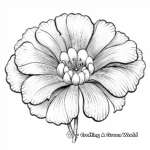
Realistic Sepal Coloring Pages for Artists
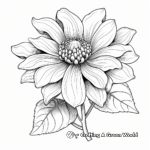

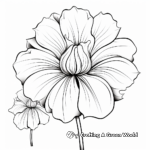

Beautiful Corolla of a Flower Coloring Pages
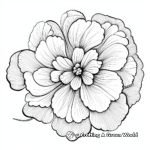
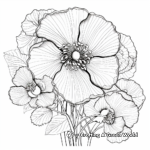
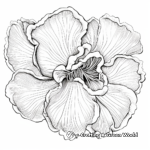
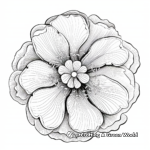
Budding Artists’ Bud Coloring Pages
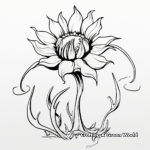

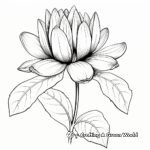
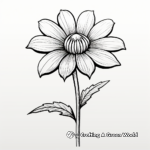
Easy-to-color Peduncle Coloring Pages
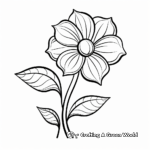
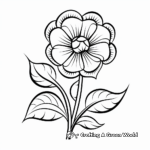
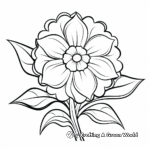
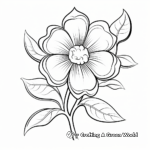
Learn Plant Science with Ovary Coloring Pages
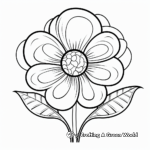
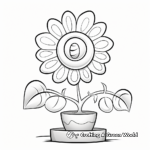

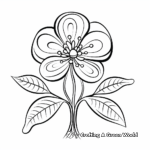
Receptacle Coloring Pages for Nature Lovers
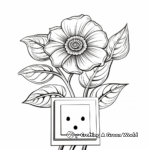
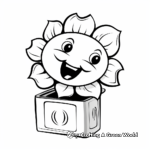
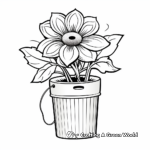
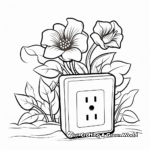
Creative Decorative Floral Arrangement Coloring Pages
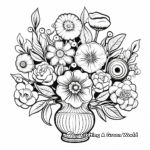
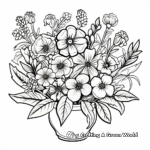
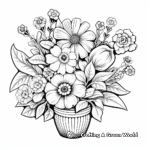
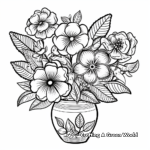
Exotic Flower Filament Part Coloring Pages
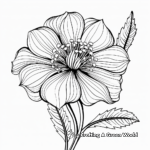
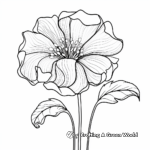
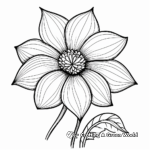
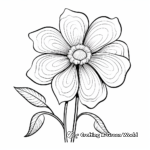
Therapeutic Flower Pollen Coloring Pages
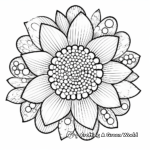
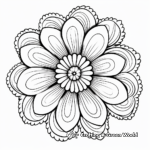
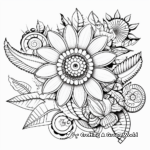
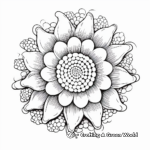
Simple and Fun Stem Coloring Pages
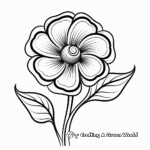

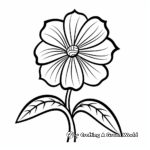
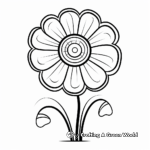
Fun and Learning with Pollen Tube Coloring Pages
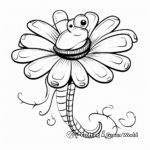
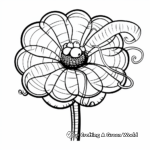
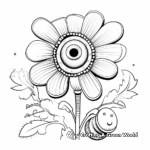
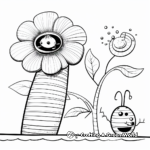
Enticing Perianth Flower Part Coloring Pages

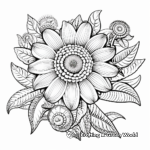
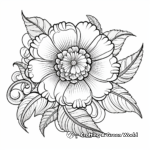
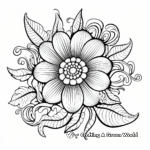
Printable Stigma Coloring Sheets for Adults
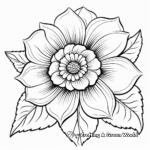
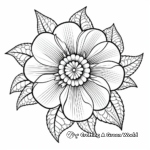
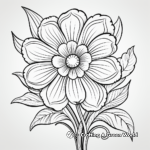
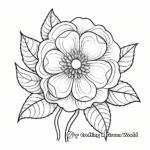
Wildflower Disc Floret Coloring Pages
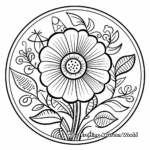
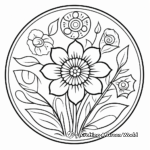
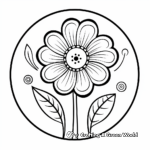
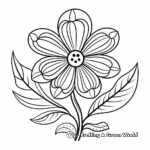
Endangered Plant Species Flower Coloring Pages
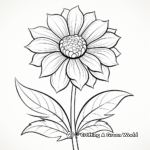
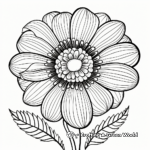

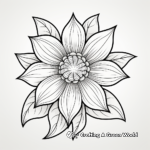
Abstract Style Floral Whorls Coloring Pages
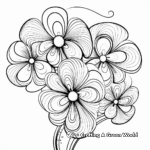

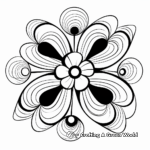
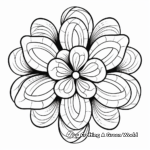
Tips For Coloring Parts Of A Flower
What colors should I use for a parts of a flower coloring page?
The colors will vary based on the type of flower being depicted. Generally, the petals could be any color ranging from red, yellow, pink, blue, white and many more. The sepal is usually green. The stem, which includes the stamen (anther and filament) could be yellow or another contrasting color, and the pistil (stigma, style and ovary) is usually green.
How can I add more detail and realism to my parts of a flower coloring?
To add more realism to your flower coloring, use variations of the same color to create depth and texture. For instance, use darker shades of green for the undersides of the sepals and along the vein lines, and lighter shades on the top. Also, consider adding highlights to the petals using a lighter shade of the petal color.
Are there any remarkable features of the flower parts I should pay attention to while coloring?
Yes, each flower part has unique textures and shapes. Petals can be smooth or textured, with ridges or patterns that can be emphasized with lighter or darker colors. The details of the stigma, style and ovary are fascinating and can be highlighted. Pay attention to details in the anther and filament of the stamen as well.
Can you provide some interesting facts about the parts of a flower that I could incorporate into my art?
Certainly. The stamen is the male part of the flower which produces pollen containing sperm. The pistil is the female part which houses the ovule, intended to be fertilized by the sperm. With pollination and fertilization, a seed is formed. Displaying these processes in your coloring could educate others about the flower’s reproductive system.
[taxopress_relatedposts id="1"]About Our Coloring Pages
All of the coloring pages displayed on this page are free for personal use. You have our express permission to download, print, color, and enjoy these pages at your own leisure and convenience. Each piece of artwork on this page has been chosen to inspire creativity and make the world of coloring engaging and enjoyable for all age groups. This permission extends to small non-commercial group settings like classrooms or therapy settings - you have our permission to print these for free distribution to small groups.
This permission is granted strictly for non-commercial uses. These images can not be resold, republished, or used for commercial purposes in any form or method. You may not sell the final colored versions, or use them as design elements in a product that is sold. Please contact us for commercial licensing options.
Our priority is to support and inspire creativity among those who love to color. Please join us in honoring this purpose by adhering to these guidelines. Happy Coloring!
